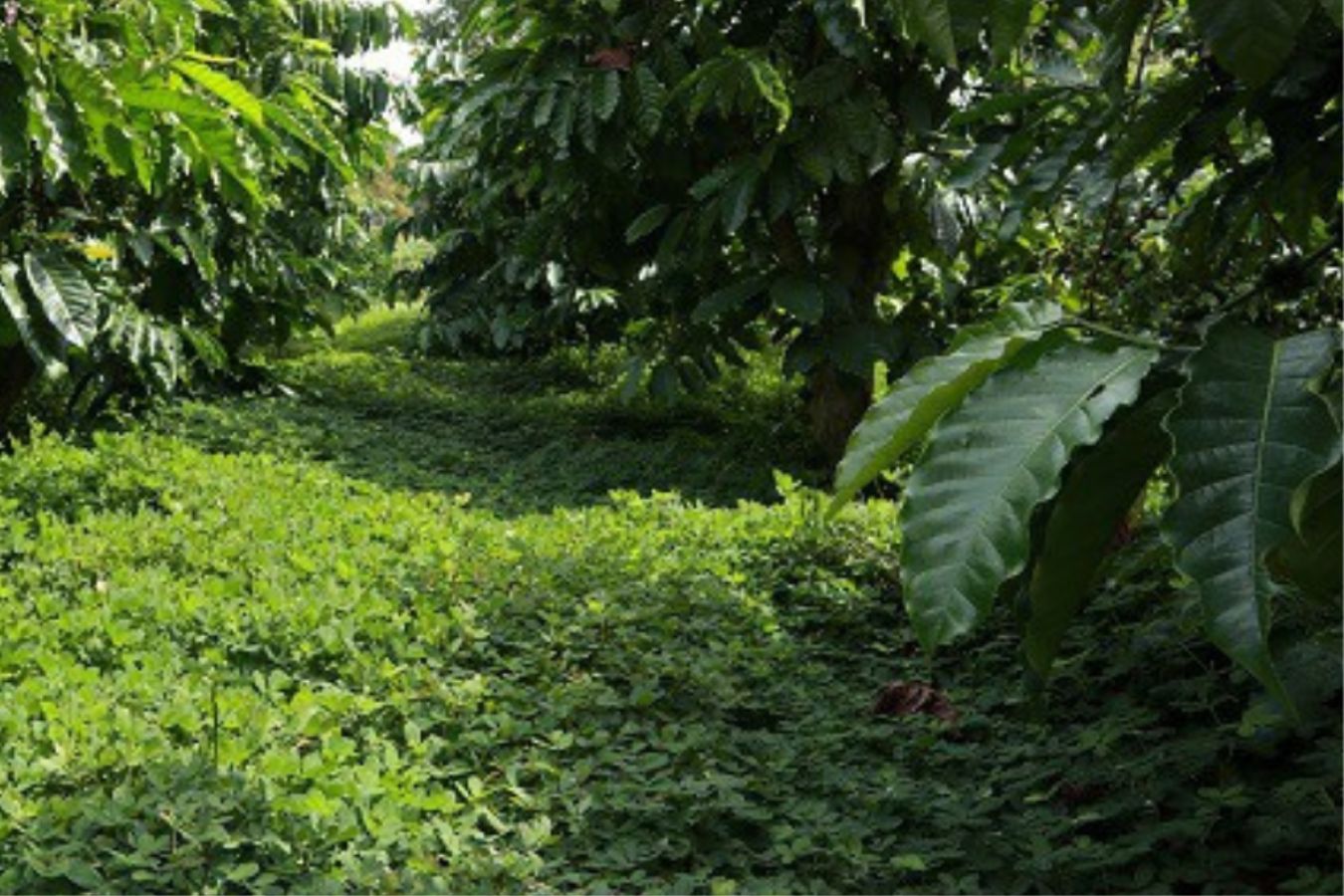
Grass In Organic Agriculture Modle – Farmers’ perennial and challenging challenge. A considerable amount of money is spent on hiring wedding personnel and purchasing old and dangerous grass-spraying treatments every year. It’s gone, and the grass comes back every year, so the more you despise the grass, the more you despise being upset at people, and you swiftly become old and terrible. Grass must always be your favorite!
Grass In Organic Agriculture Modle
A patch of open grass grows first in the natural forest, followed by vines and bushes, and finally, the tree trunk. The grass covers the earth when the forest doesn’t have a canopy.
Farmers believe that grass is detrimental and nutritionally competitive with the primary crop; however, this is incorrect; to understand this, it is necessary to learn about soil and microorganisms, as they are interwoven and inseparable.
It is presented clearly as follows: the nourishment that we add to the soil may be inorganic or organic; the plant’s roots will not be consumed directly but must be transformed into minerals and ions that the plant receives due to the resolution of microorganisms in the soil. Give us raw chicken, which we cannot chew and must be cleaned, sliced, and cooked before eating, just as the plant must be washed, cut, and cooked before we can eat.

From Grass to Microorganisms: Microorganism prefers to live and thrive in a moist and shady environment, but they cannot survive in the scorching heat of the ground. As a result, grass now helps keep the soil moist, balance the Microorganism system in the earth, and create an environment where Microorganisms can survive and develop.
Microorganism serves a range of purposes, such as those who only know how to create chicken but not how to prepare it; not everyone knows everything hence the diversity of Microorganism species is required. If you wish to diversify, you should plant a range of grasses, each of which will have a different Microorganism system than the others. As a result, the new crop absorbs the multi-and medium-microelement N-P-K completely.
As a result, native grass species must be prioritized to develop a native Microorganism system; nevertheless, if natural grass is insufficient, we must act by planting biomass-generating grasses, as well as grasses that fix protein for the soil…
Working principle
When the grass rises and cuts away, the body returns an organic amount to the soil; how much it takes from the ground, it produces so much; there is no healthy competition with any tree; it forces it to eat; it does not ask anyone but also for others; when cutting, it leaves the root; that root and roots dry out, allowing oxygen to enter the soil.
With grass, wet soil, moist soil, earthworms, and innumerable animal insects, earthworms are a tractor in the ground, helping the dirt clean. When the worms die, they leave many nutrients for the soil, particularly amino acids from worms, return to the body, and pay the stool.
The grass is a guide to the good and bad of the soil; you’ll note that on barren ground, only coniferous it grows, while in porous soil, it grows around and tall, depending on farmers to give adequate nutrients for the earth.
The rainy season is moisturizing and balances the temperature for the ground floor, helping plants not to suffer heat shock when there is a significant temperature difference. The sunny season is moisturizing and balances the temperature for the ground floor, assisting plants not suffering heat shock when there is a considerable temperature difference.

Why let the grass grow poorly so that it has to fertilize the compost? Because it only returns the land to the portion that it takes, and the farmer harvests hundreds of tons of fruit without returning it to the soil, the trees are becoming worse and worse, and humans are taking it away.
Herbicides should not be used because they damage the whole Microorganism system in the soil, herbicides that persist a long time in the soil poison the environment and groundwater conduits, cause cancer, Agent Orange, etc. To exterminate the herd is to stop the whole ecosystem.
=> Because grass is a part of life, a fundamental element of the ecosystem, and a meaningful connection, it is critical to understand how to live with grass and efficiently regulate it!
Source: “GRASS” IN THE ORGANIC AGRICULTURAL MODEL